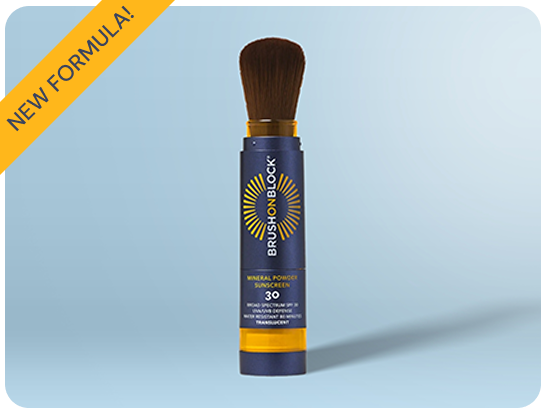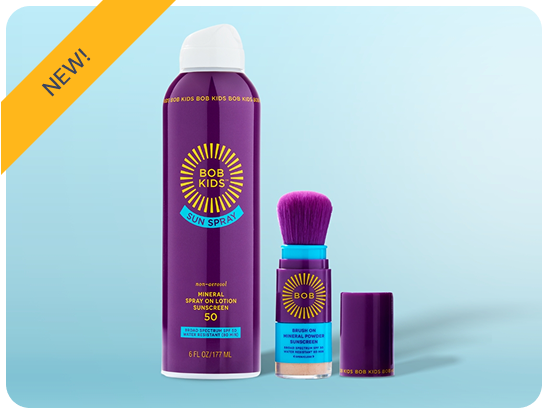Television, movies and the media have long glorified “tanned” skin on that segment of the population not naturally blessed with melanin. Naturally pale celebrities work to have that sun-kissed glow year-round, and fashion magazines suggest that a tan will make you look thinner and more stylish. While most people have finally accepted that overexposure to UV rays— whether via natural sunlight or from a tanning bed—can lead to skin cancer, many people are still chasing that “perfect tan.” There are many sunless tanning products on the market, including lotions and sprays that promise to increase the pigmented shade of your skin without the dangers of traditional tanning. If you are considering using a sunless tanning product in the fight against pale winter skin, consider the following:
Most of sunless tanning products contain the chemical dihydroxyacetone (DHA), which is a color additive used to darken skin. Derived from sugar beets and sugar cane, DHA reacts with dead skin cells and the amino acid proteins containing keratin on the skin’s surface to temporarily darken skin pigment. First introduced in the 1960’s by Coppertone, DHA was permanently added to the list of approved cosmetic ingredients; however, it has not been approved for use on facial skin. Most lotion and spray products can be purchased and applied at home, or you can also receive a professional spray-tan at a salon. The effects last anywhere from three to ten days, and many people complain about streakiness, orange palms, uneven coating and the characteristic odor of sunless tanner.
In an investigation by ABC News, DHA was found to possibly alter and damage DNA. Ten studies were conducted on cells and found that DHA promoted the development of cancers and malignancies. However, the tests were not run on human subjects. Another study, conducted in Berlin by Katinka Jung, found that skin is more susceptible to free-radical damage from the sun 24 hours after the application of sunless tanner.
The bottom line is that sunless tanners are a practical alternative to sunbathing and tanning beds. DHA is nontoxic and has not been definitively proven to cause any health problems. The products must be worn with sunscreen (not as an alternative), but healthy skin is beautiful skin—even without a tan.
Embrace the pale by keeping your skin protected from the sun with Brush On Block® Broad Spectrum SPF 30. The more you know about the aging and damaging rays of the sun, the better pale looks!





